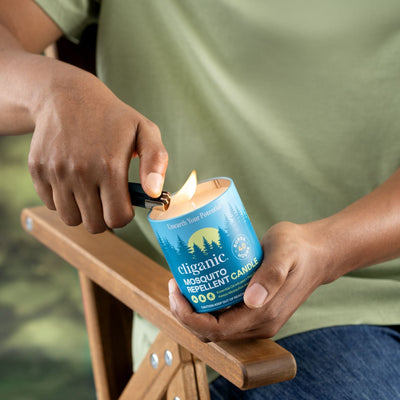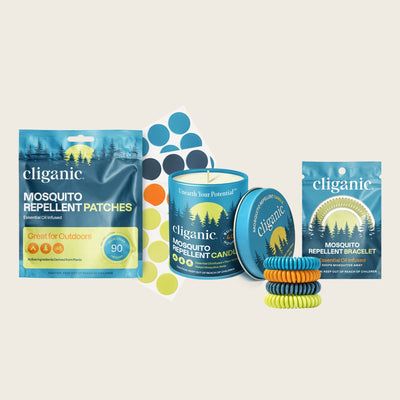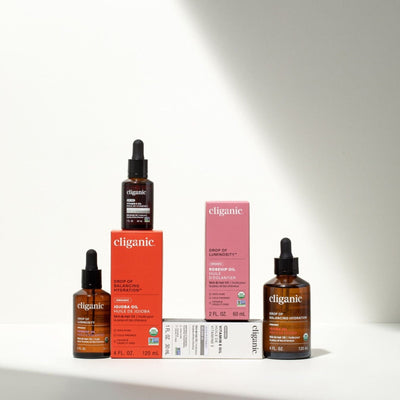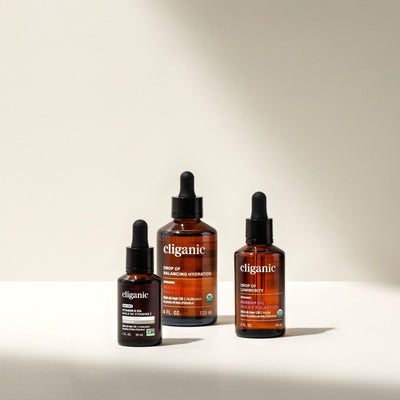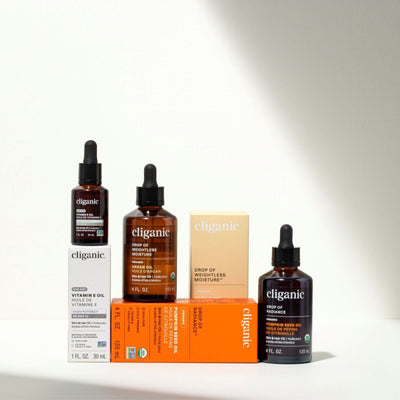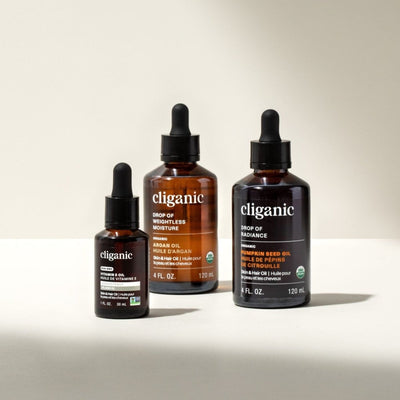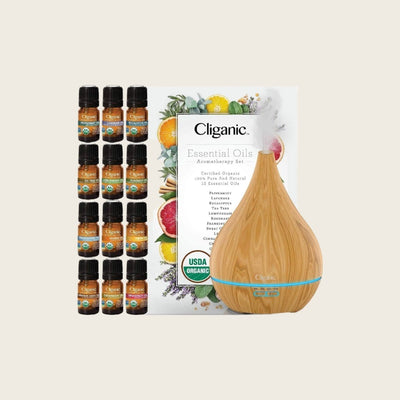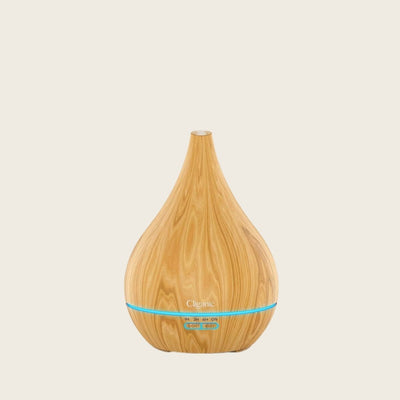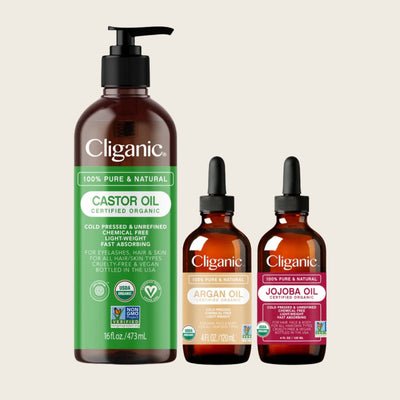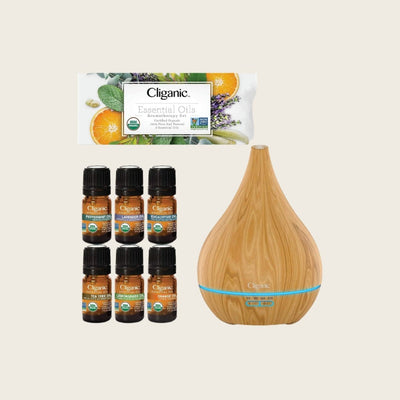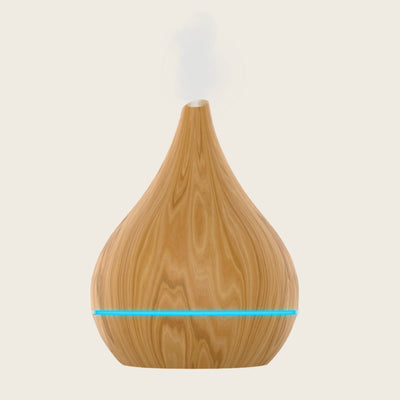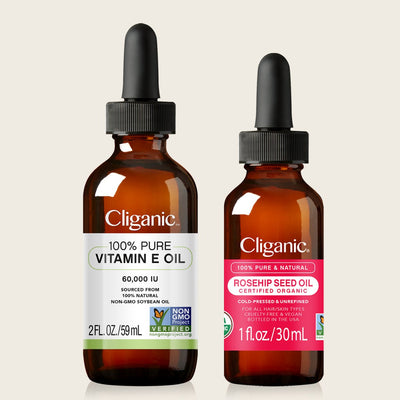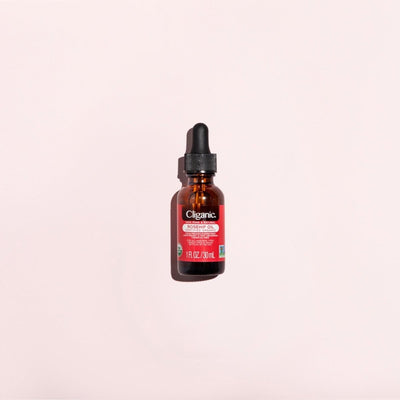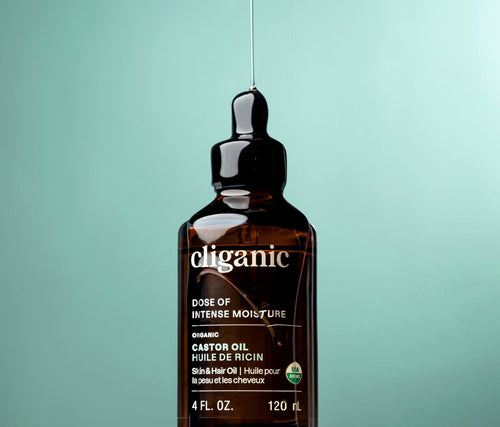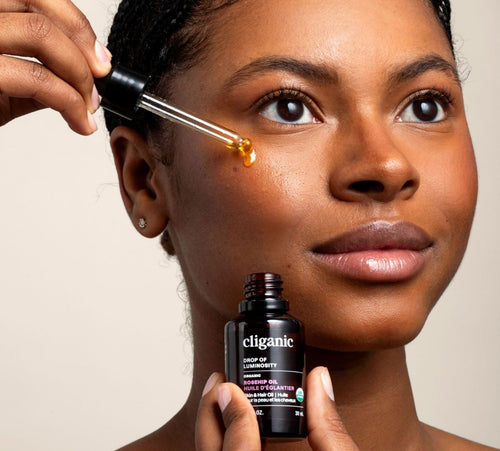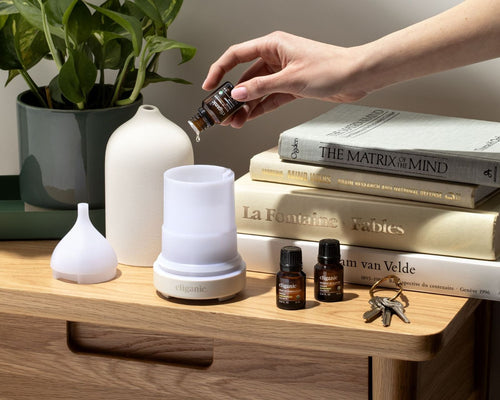
Best Essential Oil Substitutions
When it comes to using essential oils, the right oil can make all the difference. But what if you don’t have access to the exact oil you’re looking for? That’s where essential oil substitutions come in. Substituting one essential oil for another can be a great way to get the desired effect and aroma without having to compromise on quality or safety.
In this article, we will explore how to identify the right substitution for your needs and discuss some of the most popular substitutions. With this knowledge and guidance in hand, you will be able to confidently and safely substitute essential oils for whatever application you desire.

How To Identify The Right Essential Oil Substitution For Your Needs
Finding the right essential oil substitution can seem daunting, but it doesn’t have to be. Knowing the properties of essential oils and why they are used for certain applications is key to choosing the best substitution. It’s important to check an essential oil’s safety before using it in your recipes or blends.
For example, if you’re substituting bergamot for lemon, you’ll need to be sure not to expose your skin to the sun, as bergamot contains certain compounds that can cause adverse reactions in sunlight. In addition, you should always combine any essential oil substitution with a carrier oil and perform a patch test on the skin before using larger amounts due to the possibility of allergies or sensitivities.
When researching potential substitutions, consider both their properties – such as scent, therapeutic benefits, etc. – and safety profiles. Some substitutions may not be acceptable due to scent or other factors; for instance, citrus oils can often be substituted with other citrus oils, but not with woody scents like sandalwood or cedarwood.
When making a substitution it is important to remember that concentrations of essential oils vary from one oil to another. Depending on the desired effect of your recipe or blend, you may need to adjust concentrations accordingly when making substitutions in order to get the same results. A professional aromatherapist can point you in the right direction. With these considerations in mind, you can feel confident finding a suitable substitute that will help bring out the best in your recipes and blends. Check out this article for essential oil safety best practices.

Popular Essential Oil Substitutions
When selecting essential oils for substitutions, it is important to be aware of the unique properties, aroma, and effects each oil has. If you are trying to find a suitable substitute for lavender oil, then look for an oil that has similar calming and soothing effects on the body and a floral scent. Additionally, combining two or more oils can create new aromas—this is a great way to experiment with different combinations until you find something that works best for your needs.
Below are some of the best best substitutions for popular essential oils:
- Lavender → Rosewood or Ho Wood
- Ylang Ylang → Geranium or Rose
- Peppermint → Spearmint
- Lemon → Lime, Grapefruit, or Bergamot
- Rosemary → Eucalyptus
- Orange → Tangerine
- Geranium → Palmarosa or Rose
- Cedarwood → Sandalwood
- Patchouli → Tea tree
- Eucalyptus → Tea Tree
- Frankincense → Myrrh
- Cinnamon → Clove
Closing Thoughts
Finding the right essential oil substitution takes research, creativity, and experimentation; however, by following these steps you can find the best alternative. The best way to prevent running out of your favorite essential oils is to have a variety of options on hand. Consider buying a set of essential oils, like Cliganic’s Organic Aromatherapy Set, featuring the top 12 essential oils, many of which are listed in the substitutions above. To learn more about how you can use essential oils, take a look at this article: Best Spring Essential Oil Diffuser Blends.



